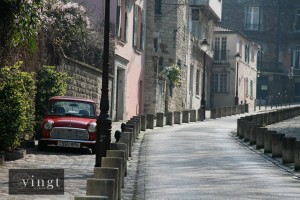Unspoken Rules of Paris: Montmartre, Tonmartre
Posted on August 20, 2012 by VINGT EditorialText: Guillermo Martinez de Velasco
I am about to describe something we’ve all been through. It’s nothing we should be ashamed of because we didn’t know any better. It goes a little something like this. It’s your first time in Paris, you’re going up Beaubourg’s escalators and you see a huge dome peek through the city’s rooftops. “What’s that mosque-looking thing in the distance?” You ask. Soon enough you find yourself planning a visit to Sacré Coeur the next morning. You exit the underground at Abbesses and then get lost. “Oh my god, this is so cute”. You think to yourself at the corner of rue Norvins and rue Mont Cenis. Then you sit down at a bistro, and spend an exorbitant amount on a croque monsieur before taking the metro back to Vavin.
Since then, you have come to know Montmartre for the tourist trap it is; especially in the summer. You tend to avoid it because it’s far, and quite frankly, it’s no Marais/République. You hear of people going there but you don’t really understand why. I mean, last time you went was because your friend was visiting, and then, you felt absolutely exhausted. How could one possibly enjoy oneself? Here’s how:
The first step is to forget all of your preconceived notions of Montmartre. “Dali and Picasso lived here”, “They probably got a Pastis at this bar”. Yes, they probably did. And they also probably did the same in the 7th and in Avignon and in Barcelona. These people were moving everytime their landlord kicked them out. And it is mainly because of them that this place is now overrun with people who are nostalgic for an era that never existed.
Montmartre was the Banlieue of its day, people kept chickens, Roma played accordions, the winter was cold. Sacre Coeur was built after the Commune to change the image of one of the city’s most rebellious neighbourhoods. Remember that Montmartre isn’t the triangle between Abesses, Pigalle and the Basilica. The mount overlooking Paris is much, much more.
If you’re visiting during the day I recommend walking up from Anvers, by rue Seveste. Look around you, these are fabric stores, they have been here for years and years and years. Walk into them. Are the patterns on them super interesting? Yes. Do you wish you could wear them but actually know you could never pull them off? Also yes. Continue up this road and you will find the Halle St-Pierre. Named after St-Pierre, patron saint of Montmartre, he was decapitated. Inside, is a cute little café -their pastries are far from bad – but the real reason you want to come here is because it has Paris’ largest collection of Art Brut. Yes, all those artists à la Henri Darger who had very normal lives and made art on the side, or people who did not start making art until they were well into old age. These are not trained artists by any means but, as the name implies, this is art at its most primal, its most unrefined and also, its most intriguing.
Keep walking along until you hit the corner of rue André del Sarte. If you turn right you will find a very hip café/restaurant. It’s called Chéri Bibi and although the menu is limited, the prices are reasonable and the atmosphere is quite nice. Bring a date here. If you keep going down the street you’ll find a nice record store. If instead you decide to go up the steps at the corner of André del Sarte and rue Charles Nodier, you will find L’Été en Pente Douce. As the name suggests, this is very much an outdoor table kind of restaurant, so come when it’s warm. Order a 9 euro quiche, it’s enough for two people. The chairs are super colorful and did I mention that Sacré Coeur is right next to you?
Head up the stairs to Sacré Coeur. You are allowed to stop and look at the church for 15 seconds. Stop it! You’ve been there before, someone’s singing “Don’t Worry, Be Happy” next to the football juggler. Walk to the left side of the church and follow its outline until you reach a park. Walk under its trees and go up to the fountain. How did you never notice this place before? The Behemoth that is Sacre Coeur distracted you from it. Don’t stay in this park, there’s one better I promise. Just walk through it until you reach rue St. Vincent. Walk along it until you hit a vineyard at the corner of rue des Saules. Keep walking and you’ll go past Le Lapin Agile. Again, you’re allowed to look for about 15 seconds. You’ll soon reach Avenue Junot, turn right and then follow it as it curves to the left. Keep walking, keep walking. Isn’t this nice? Oh, you’ve just reached the corner of rue Villa Léandre. Aren’t you jealous of everyone that lives there? Also, the restaurant on the corner isn’t bad at all.
As you keep walking along Junot you’ll find Tristan Tsara’s former house to your right and then later, to your left, a park. You don’t really have to go inside it, just know that it has a statue of St. Pierre holding his own head. Again, because he was decapitated. Avenue Junot turns into Rue Norvins, where the Dalí plaza is, don’t stop here. This isn’t Barcelona, keep walking up Norvins and you’ll see a garden to your left. This is not a private garden, at least not anymore. This is probably Paris’ smallest and most inconspicuous public park. You have to have a picnic here.
From there, I recommend you walk down on rue Lépic and head for Lamarck-Caulaincourt station, look at its nice entrance burrowed into the side of Montmarte and walk down the stairs directly in front of it. To your right you’ll find the inconspicuous “Les Taullières”. Don’t let its comic sans-style font fool you (maybe it’s post-ironic). This is one of the coolest bars I’ve been to in Paris! The music is always good and strangely enough, it goes well with the Asian B-Movies that are projected in their back room. If you’re feeling less dancey and more like having a conversation then continue down the street to the corner where you’ll find the charmingly non-touristic “L’Etoile de Montmartre”. Ask for the nearest Montmartrebus stop and then ride this tiny electric bus alongside all of the quartier‘s elderly residents around its winding streets until you reach Pigalle. Sit in the back as that’s were the conversations happen. Walk down towards Saint Georges station. What just happened? Did you just discover an old part of Paris for what it actually is? Yeah, you did.


